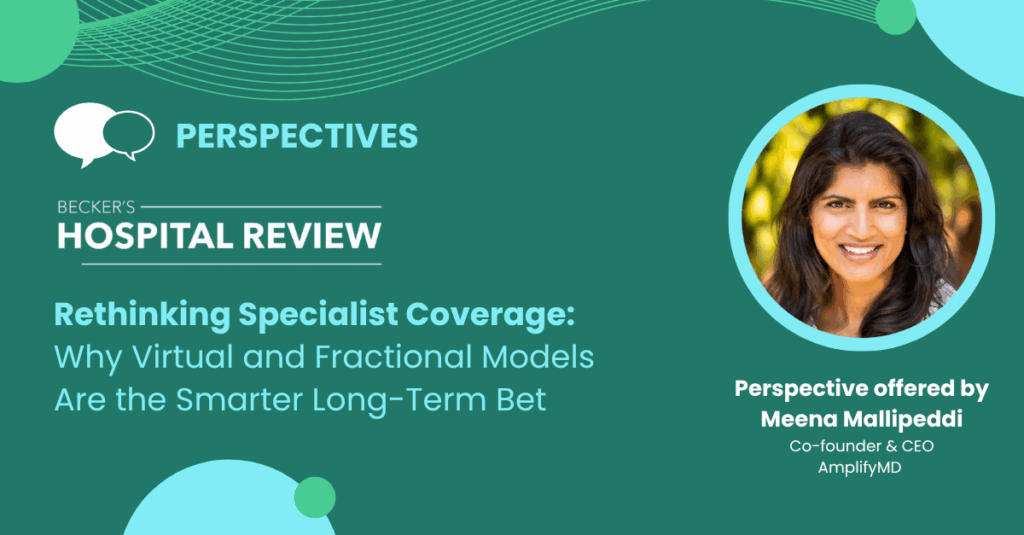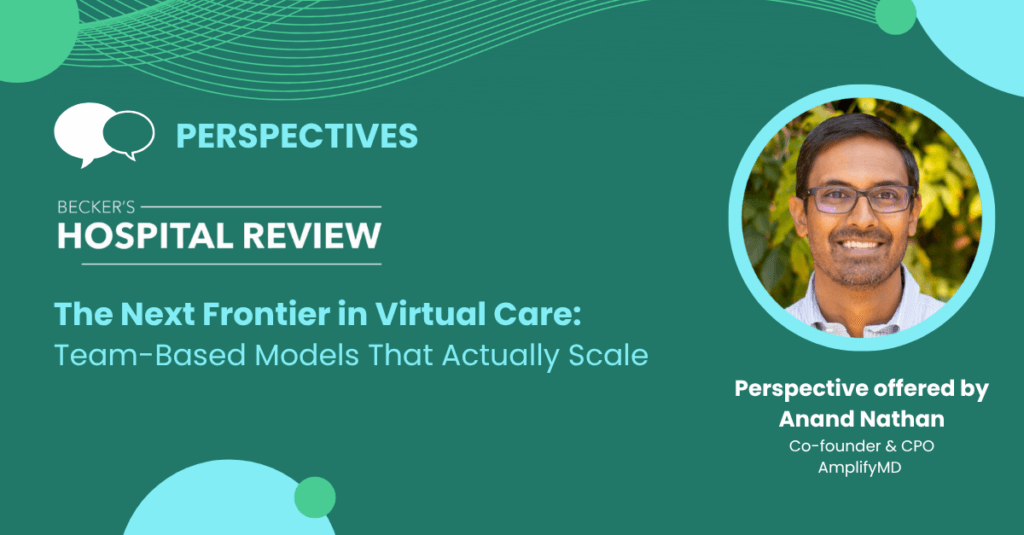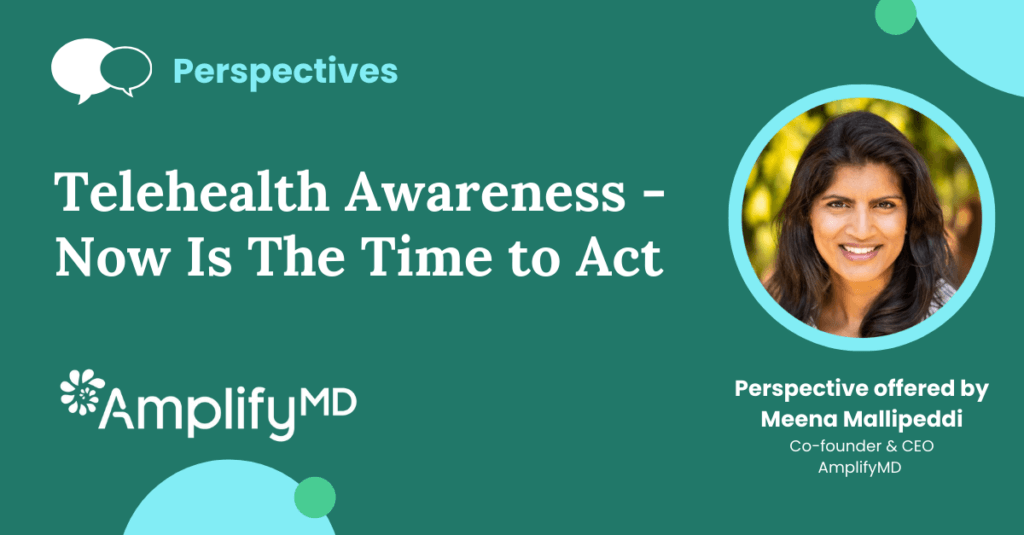The new math of specialty care
At this year’s Ohio Hospital Association Annual Meeting, I had the opportunity to join Dr. Gretchen Nickell, Chief Medical Officer at East Liverpool City Hospital (ELCH), for a session that tackled a question many hospital leaders are quietly asking: If the specialist shortage is so widespread—and virtual care is the solution—why hasn’t it solved the problem already?
In our joint session, Innovating Specialty Care Access: Telemedicine’s Role in Solving Today’s Workforce Crisis, we shared both a reality check and a roadmap. We explored why many hospitals are still struggling with specialty coverage, how ELCH flipped the script in a rural community, and what’s changed in the technology landscape to finally make virtual care not just viable, but transformative.
A growing shortage with no relief in sight
I opened the session with a hard look at the numbers: physician shortages are no longer looming—they’re here. Today, it takes 8 to 18 months to fill many specialist roles, and more than 60% of hospitals lack coverage in at least three key specialties. By 2030, we’re projected to face a shortfall of over 200,000 non-surgical physicians.
And this isn’t just a rural challenge. Even large health systems in cities like Columbus and Cleveland are competing for the same shrinking pool of clinical talent.
The consequences are deeply felt: delayed care, burned-out care teams, avoidable transfers, and escalating locum costs that stretch hospital budgets to the brink.
How one hospital flipped the script
Dr. Nickell brought these national trends to life by sharing what her team at ELCH experienced. Serving a small Appalachian community, ELCH faced some of the country’s most difficult recruiting conditions—losing in-person coverage in hematology-oncology, neurology, infectious disease, psychiatry, and other key specialties.
Rather than defaulting to transfers or putting added strain on their primary teams, they took a different approach—building a virtual specialty care program to bring needed expertise back to the bedside, regardless of location.
The results were powerful:
- Over 1,700 virtual consults annually across neurology, stroke, ID, heme/onc, and psych
- Timely specialty access for both patients and medical residents
- Faster transfers and faster care
- Higher satisfaction among patients, families, and staff
Virtual care has helped ELCH keep more patients in their community, support onsite providers, and meet specialty access requirements for their residency program.
So why hasn’t everyone done this?
That’s the question I explored in the second half of our session. If virtual care can deliver these kinds of results, why haven’t more hospitals adopted it at scale?
The answer lies in what came before. Early virtual care efforts relied on a patchwork of video platforms, scheduling tools, and documentation workarounds. They often created friction instead of solving problems. For nurses, doctors, and administrators, the added burden meant these programs were difficult to sustain.
In short, legacy technology just wasn’t good enough.
A turning point for virtual care technology
But that’s changing. Today’s platforms are fundamentally different, offering intelligent automation, EHR integration, and embedded AI tools that make consults faster, easier, and more seamless across care settings.
Now, tasks like scheduling, record review, documentation, and billing can happen automatically in the background, saving time and reducing errors.
Hospitals using modern platforms are seeing real gains:
- 35 minutes saved per stroke encounter for onsite care teams
- 2x more efficient TeleHospitalist cross-cover
- 50% administrative cost savings over legacy programs
- 80% of provider documentation completed during the video visit
This is what health systems have needed all along—a virtual care model that’s efficient, scalable, and embedded into daily clinical operations.
Building the next generation of care models
With better tools, we’re not just solving for today’s access gaps—we’re unlocking new models of care. Hospitals can now deploy their own specialists across multiple sites, reduce reliance on locums, and create more flexible, tech-enabled roles that extend the reach of their providers.
It’s not about doing more with less—it’s about doing more with the right tools.
And those tools don’t just improve operations—they help with recruitment. Physicians, especially the next generation, expect flexible, modern, tech-supported environments. Hospitals that embrace these models will have a clear advantage in attracting and retaining clinical talent.
The bottom line
We’ve reached a turning point. Integrated, intelligent virtual care is no longer a future goal—it’s a current solution. It can fill coverage gaps, reduce transfers, and support onsite teams with high-quality, efficient care.
The question is no longer if virtual care can work. The question is: How fast can we move?
If you’d like to learn more about how AmplifyMD can help your hospital, contact us. My team and I would be happy to discuss!

Meena Mallipeddi
Meena Mallipeddi is the Co-founder and CEO of AmplifyMD, where she champions the transformative potential of virtual care to enhance health outcomes, particularly in underserved communities. She also serves on the American Telemedicine Association’s Leadership Council. She was recently named to Inc. Magazine’s Female Founders 250 list and Healthcare Technology Report’s Top 50 Women Leaders in Healthcare Technology list.




